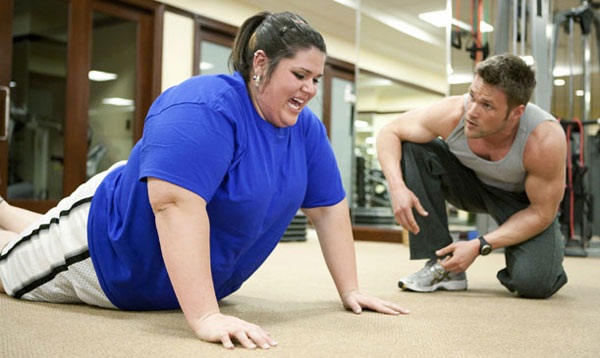
(Correction: To reflect total financing raised)
Your poor health can be a problem. Not only with your productivity and the people around you, but with the growing health care costs you and your employer have to endure. The challenge is getting enough motivation around you to improve your health and well being.
KEAS, a startup that promotes wellness in the workplace through games among co-workers, seems to be doing a good job instilling these healthy-living values within corporations across the country. The San Francisco-based company announced that it’s raised $8 million in a Series C round of financing from previous investors Ignition Partners and Atlas Venture. The new round brings the total amount of funding for the five-year-old startup to $25.5 million.
Since launching in 2008, the company has grown its client base to 100 companies (with more than 1,000 employees), and having 750,000 members in its communty. Among the new customers include Pandora, Pfizer, and Living Social.
Keas is essentially Facebook for your health, said Josh Stevens, who was brought in to be CEO in 2012. So popular has Keas become with employees that companies have limited the amount of time employees can be on it, said Stevens.
Indeed, if you can track your health, and have your colleagues and family members (any family member that is part of your benefit package can also access Keas) encourage you to be healthy, I can see the draw. It’s especially addictive because of the social and game aspects.
Companies are able to create incentives to encourage people to, for instance, lose weight over a certain period. Colleagues and family members see this goal and use Keas to encourage one another. Hopefully, there’s enough colleagues interested and willing to cheer you on. But if enough people are on it, then you only need them to say one positive thing once and that should be enough to keep you going each day.
Employers typically give out cash rewards or deductions on health care costs. The average cash reward is about $100 across Keas’ customers. Among the top goals employees set for themselves – smoking cessation, weight loss and cholesterol levels, said Stevens.
So how does it work?
An employer begins a challenge with its employees. It’s a two-month period in which employees are on a mission to join a team (six people max) and then score as many points as possible. Employees earn points by doing any activity within the Keas platform (posting and talking on the social feed, or taking a quiz on their health, filling out their HRA.
All challenges are public. So no chance of hiding your secret ambitions to lose weight or cut your cholesterol levels! And if you’re the only smoker at your company and your smoker friends work for another company (also using Keas), you can’t join in on their activities. There’s no inter-company networking going on.
So what’s new?
Six months ago, Keas re-introduced biometric data to give both employees and employers hard data upon which members can act upon. This is actually the kind of information KEAS provided when it first launched, only to replace it with self-reporting. Stevens, however, decided that it was time to bring it back.
“We kept the fun and social stuff,” said Stevens. But included now are HRAs (health risk assessments compiled through questionnaires) and biometrics (technologies that analyze human traits, such as height, weight, blood samples) to analyze whether a person is running a high-risk lifestyle. “They can act on their numbers and play a social game with others… It’s social fabric for health based on your data and numbers.”
It’s also personalized as someone’s dashboard will display a different experience from another, depending on the person’s HRA and biometric numbers.
KEAS costs $25 per head, per year. It’s a small cost relative to the $10,000 in benefits expenses an employer pays on average for an employee each year, said Stevens.
If the goal of Keas is to reduce health care costs and increase productivity, the question becomes, “How much of the $10,000 is KEAS helping to reduce?”
Unfortunately, it’s too early to tell. The Keas program is designed to see results in three years, said Stevens. It’s only been about two years for its early customers. The first year is taking information, the second year is to see how much employees have improved their health and fitness and the third year is to see how much their improved health translates into lower health care costs.
(Image source: nanettesthejuicytruth)
















